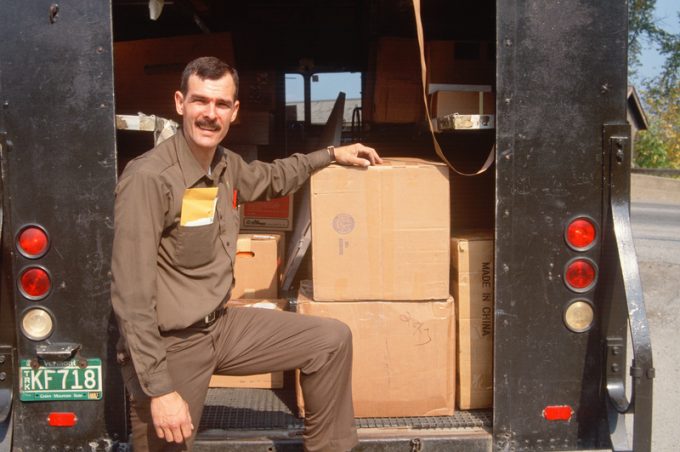East Midlands poised to become 'UK's most important' express air freight hub
East Midlands Airport (EMA) is poised to become “the UK’s most important express air freight ...

The spectre of a crippling strike is looming larger after the contract talks between UPS and the Teamsters union, which represents some 340,000 of the integrator’s employees, collapsed. In the early hours of Wednesday morning union representatives rejected management’s supposedly final offer as “unacceptable”.
Both sides blamed each other for the breakdown in negotiations. According to the company, the union stopped talks despite a generous offer. A UPS spokesman stated that the union has a responsibility to return to the negotiating table. The Teamsters accuse UPS of walking away from the talks after its offer was rejected.
Despite some tense moments, the negotiations appeared to be making good progress, suggesting a desire to come to a resolution. In a lengthy session over the weekend, the union got UPS to agree to drop a controversial two-tier wage structure that had seemed a serious obstacle to compromise.
Having dealt with operational issues in the earlier stages of the negotiations (which included an agreement to install air conditioning in delivery trucks), the talks turned to wages and employee benefits in the final stretch, and these turned out to be the most contentious items on the agenda.
Teamsters president Sean O’Brien, who was elected on pledges of a strong stance on worker compensation, urged management to come up with its last, best and final offer to bring the negotiations to a successful close, but the management stated that it had “nothing more to give”.
Mr O’Brien had stressed that the union would need time to present and explain a compromise to its members for ratification. According to the union, management had pledged to reach a deal by 5 July.
There are no new negotiation sessions scheduled at this point.
Mr O’Brien had warned that without a fully ratified agreement, Teamsters members on the UPS payroll would not work beyond the expiry date of the existing contract, which runs until 31 July. This means that the union would be on strike come 1 August.
The union appears to be firm on its position. The UPS offer tabled on Tuesday night was rejected unanimously by negotiators as failing to meet employees’ needs. Moreover, the Teamsters have a solid mandate to take action, as the vote to permit work stoppages passed with 97% of votes in favour.
A spokesperson for UPS commented that a strike would only benefit rival parcel logistics providers that do not employ unionised workers.
While shippers brace for a strike, the federal government remains hopeful that this can be averted. According to a White House spokesperson, the administration is in touch with both sides and optimistic that a “mutually beneficial agreement” can be reached.
If this assessment is wrong, the market stands to experience a massive disruption. UPS last suffered a strike in a contract dispute in 1997, which lasted 15 days and is still widely remembered as a cataclysmic event. Back then UPS had some 185,000 unionised workers in its ranks, as opposed to over 340,000 today.
A strike would leave many shippers short of transport capacity. Industry experts agree that the rest of the US parcel carriers could not shoulder the volumes of UPS if the integrator were hobbled by a work stoppage. By its own estimate, the company carries about 6% of US GDP every day.
The likes of FedEx, Amazon and the US Postal Service (USPS) would be happy to take on some UPS clients, but the capacity of FedEx and Amazon has been reduced by cutbacks since last summer, further limiting their ability to absorb UPS traffic.
The USPS appears to be facing a new challenge to take on additional traffic. It updated software on 25 June in preparation for a change of its product portfolio that replaces its First Class Package and Parcel Select offerings with new service called ‘Ground Advantage’, that is supposed to kick in on 9 July. However, on Friday news emerged that the service was experiencing technical issues.
The postal service has implemented a grace period until 30 September for legacy products to be migrated to the new offering.
John Haber, chief strategy officer of Transportation Insight, agreed that this glitch is not helping shippers in the looking predicament.
‘Things are getting spicy,” he remarked.
Comment on this article